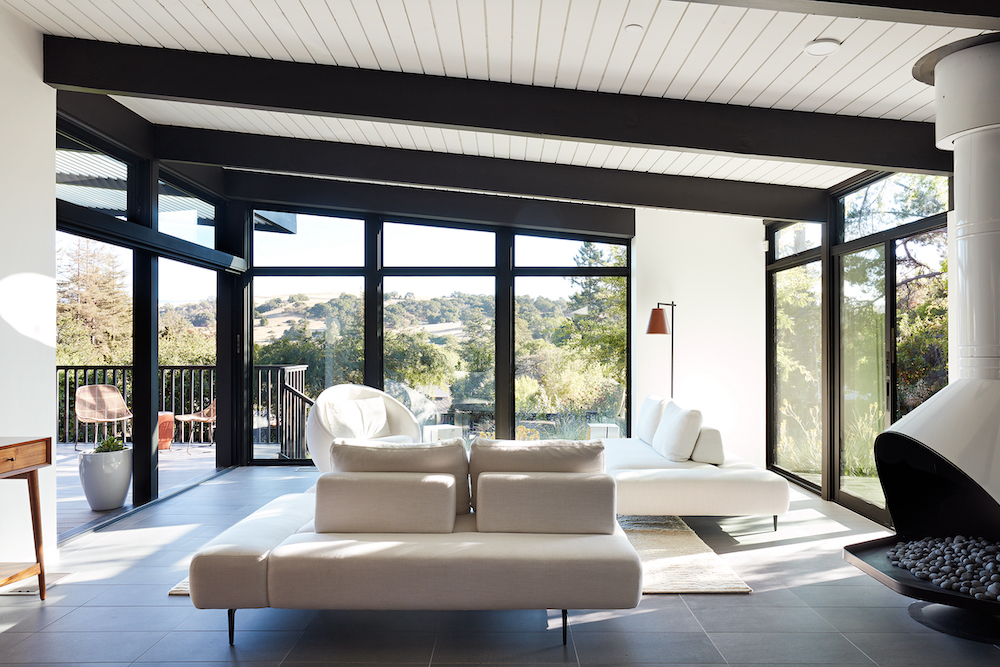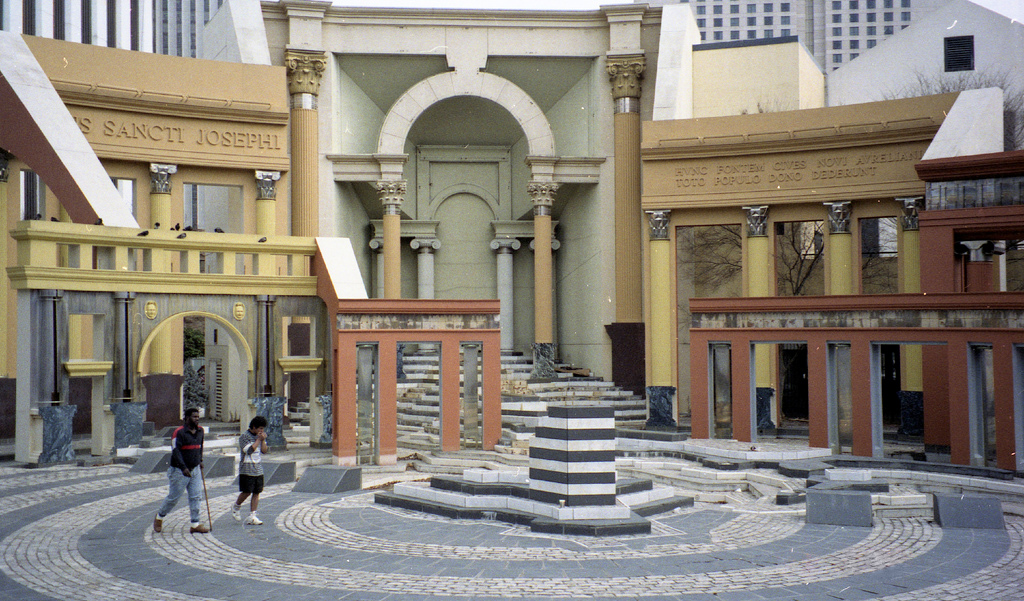Architects: Want to have your project featured? Showcase your work through Architizer and sign up for our inspirational newsletters.
Architizer’s journal is fueled by the creative energy of the thousands of architects from around the world who upload and showcase their incredible work. From conceptual designs to projects under construction to completed buildings, we are proud to serve as a platform for showcasing global architectural talent and the brilliance of visualizers, engineers, manufacturers, and photographers who are crucial members of the industry. A stellar drawing, rendering or photo, as well as a detailed project description, can go a long way in making a project stand out, as does indicate the stellar contributors on a project.
Firms who upload to Architizer share their work with professionals and design enthusiasts through our Firm Directory and Projects database. They also gain exposure by having their projects shared on our Facebook, Instagram, and Twitter pages, as well as in our Journal feature articles. Indeed, through these various channels, hundreds of thousands of people in the global design community have come to rely on Architizer as their architectural reference and source of inspiration. In 2022, we’re rounding up our database’s top 10 most-viewed, user-uploaded architecture projects at the end of each month.

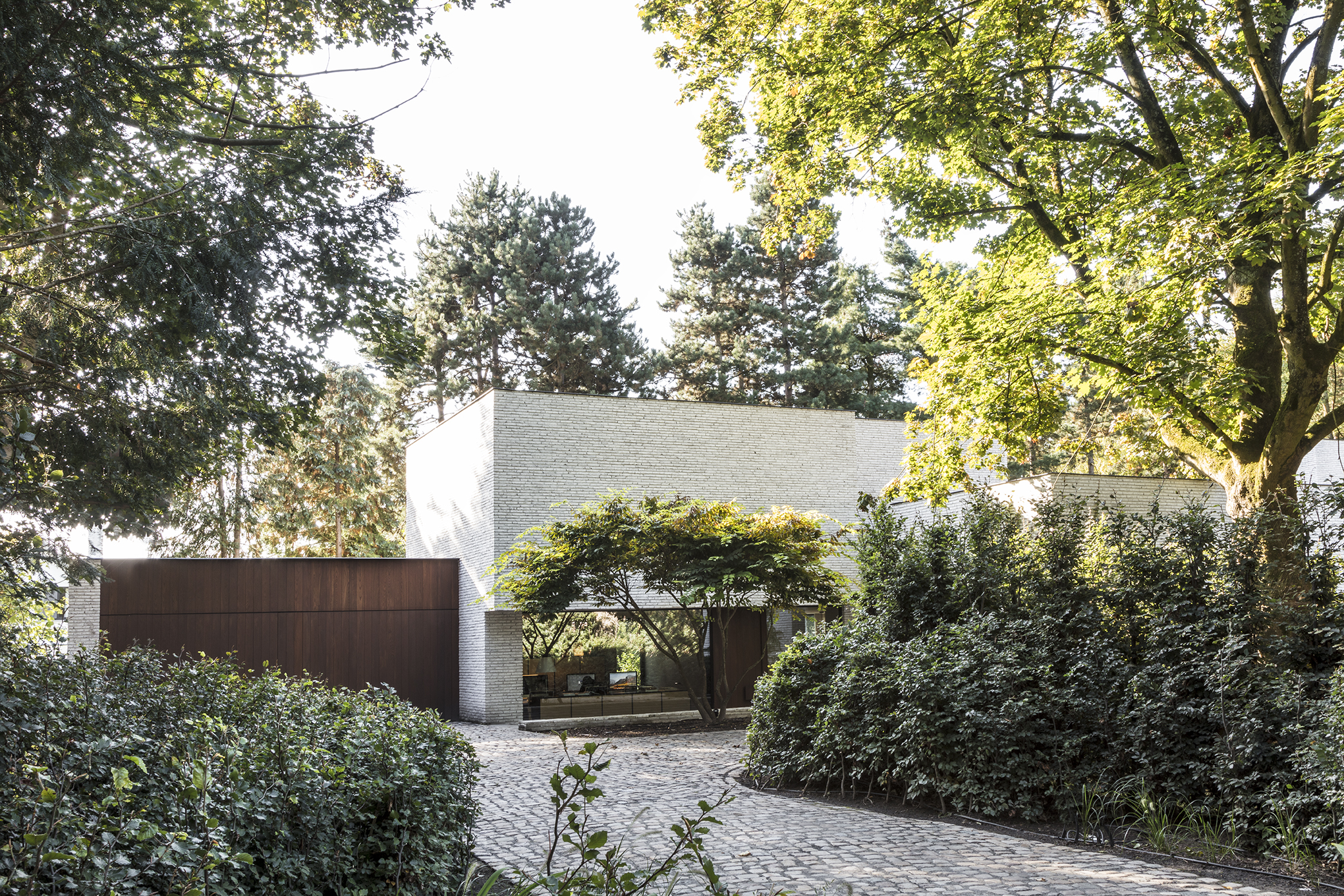 10. HH47
10. HH47
By JUMA architects, Sint-Martens-Latem, Belgium
At the end of a long driveway, on a lush green plot located far from the street, sits a unique home consisting of 3 volumes of varying heights. The project held special significance to the architects: the space will serve as their own home and office. The volumes express the architectural program: one is a double garage with wood siding, the other is the architects’ office with separate access and finally the private home. The floor plan of the home is long-drawn-out, and this unique footprint, though necessary due to the unique site, inspired JUMA to include a glazed portico between the kitchen and living space — a transitional patio, of sorts. It also offers a new perspective on the garden so that the inhabitants do not only have to enjoy it from the backyard.
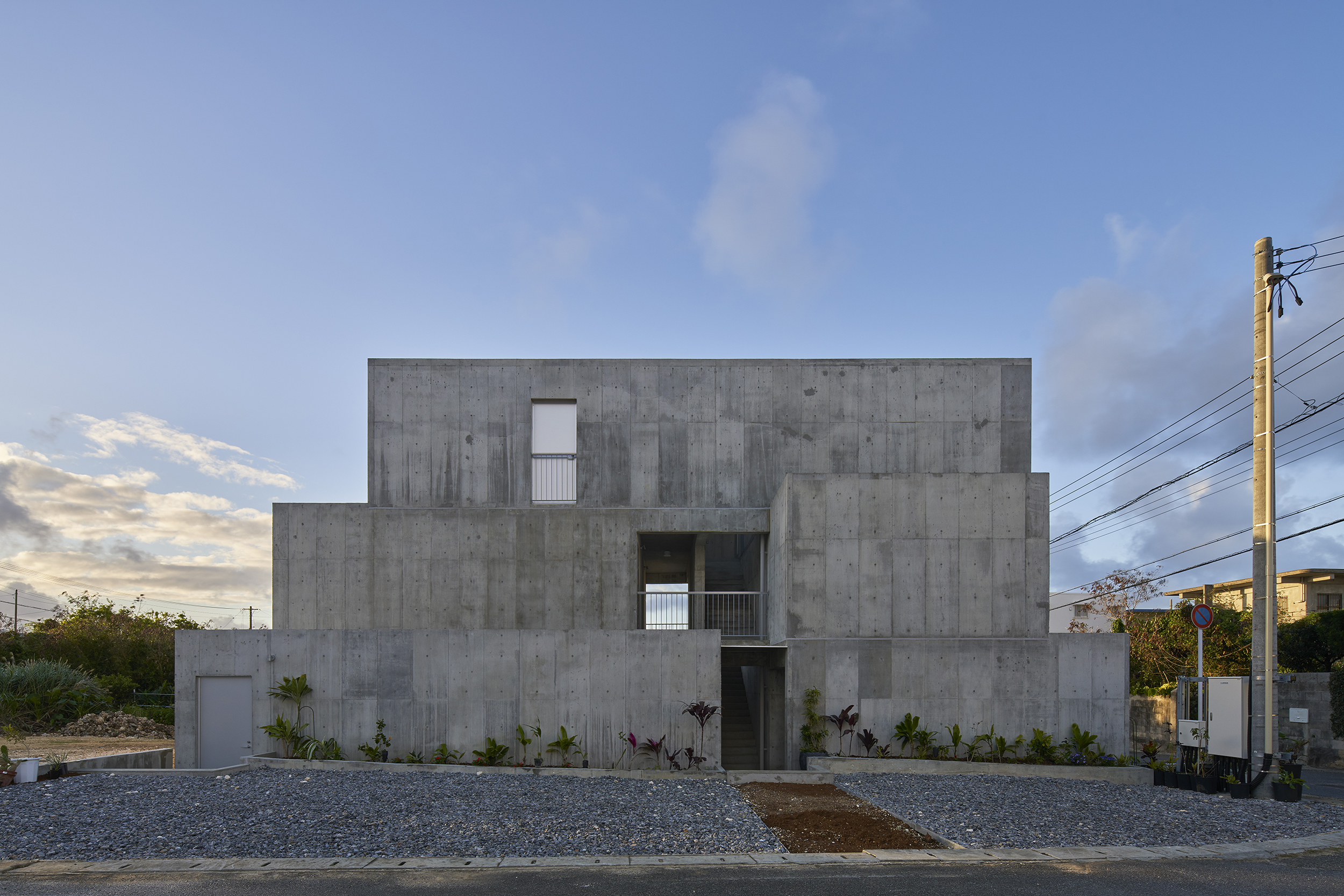
 9. O_apartment
9. O_apartment
By Yohei Kawashima architects inc., Miyakojima, Japan
The stacked volumes of the apartment house, planned in a residential area on Miyako island, Okinawa prefectur, contain seven residences — each one is expressed as its own volume in the massing. Soon, the lands that adjoins this building will host another apartment building. The project hence represents the architects’ speculation about how to adjoin the unknown next building and how to create an appropriate environment to ensure comfort and space for each dwelling unit.
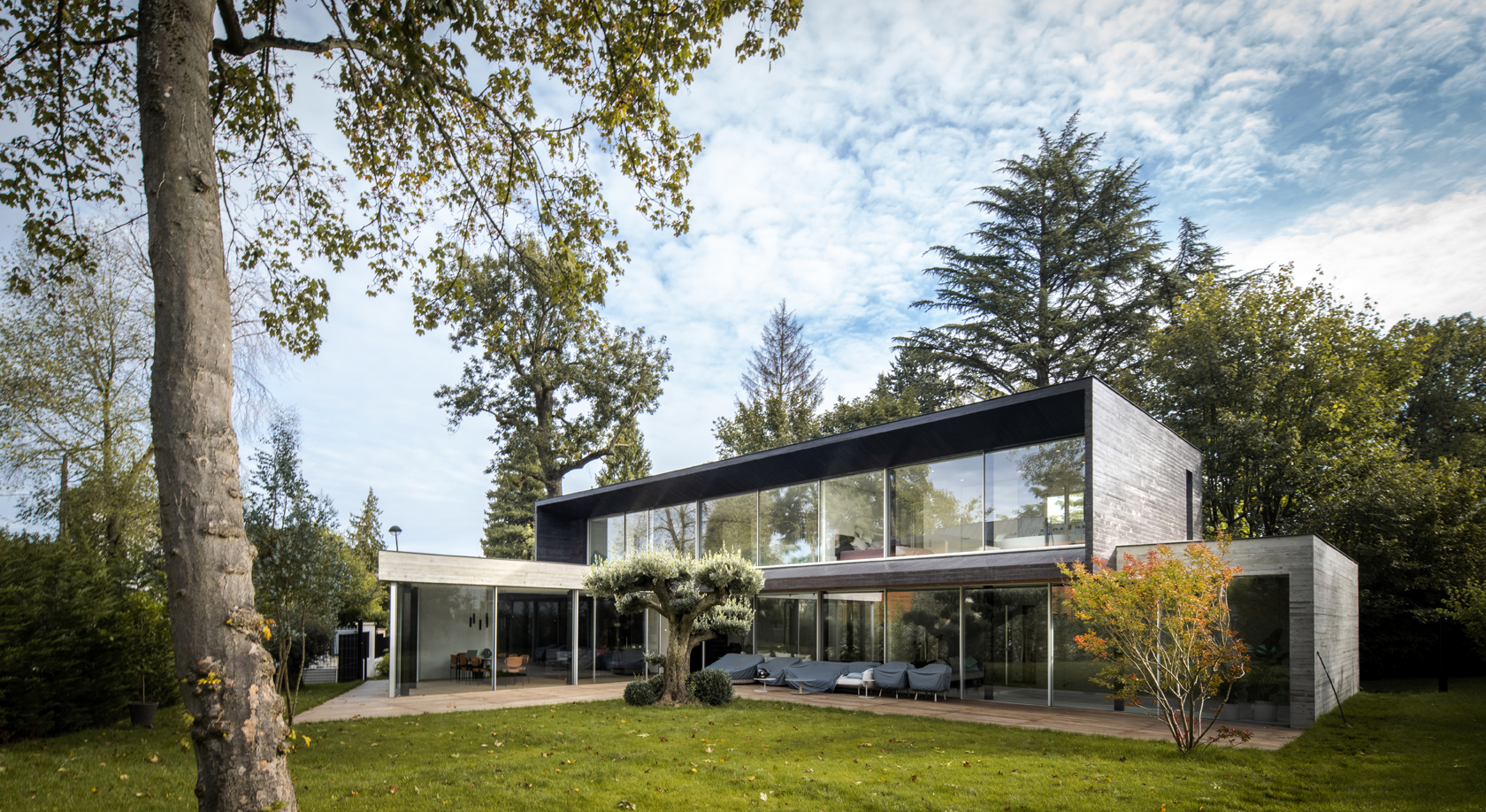
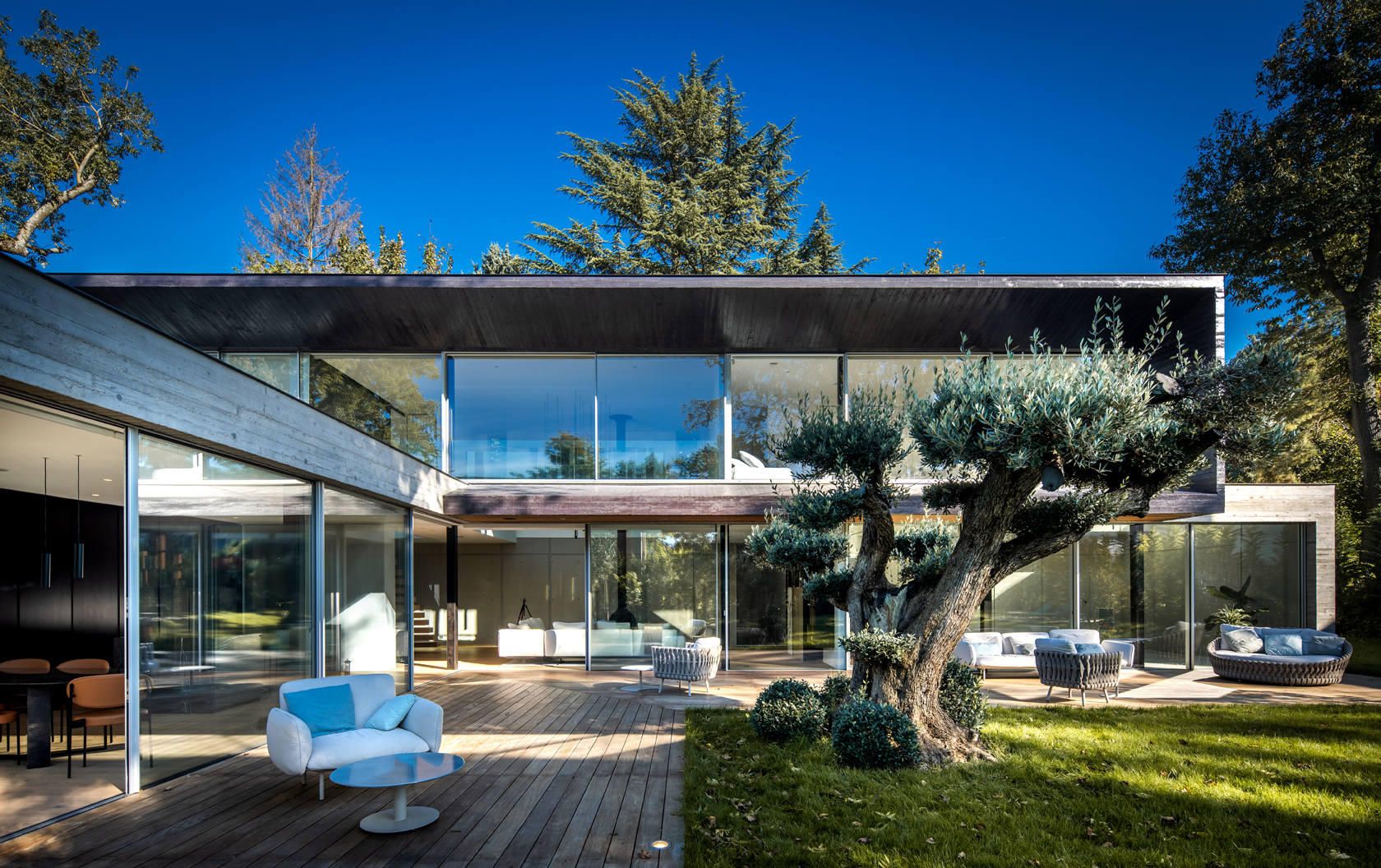 8. Maison Individuelle a Vaucresson
8. Maison Individuelle a Vaucresson
By SKP Architecture, Vaucresson, France
The horizontal house was drawn along the path of the sun; it’s footprint traces the sun’s movement throughout the day. The solar changes also dictate the uses of various domestic spaces inside. The building’s length is punctuated by a perpendicular volume where the dining room and kitchen can be found. Placed on a wooded plot, the residence has a small footprint, so the project preserves an important outdoor space and promotes an integration of the house in the landscape.


 7. Kozina House
7. Kozina House
By ATELIER 111 architekti s.r.o., Růžová, Trhové Sviny, Czechia
A top contender on April’s list, the Kozina House held it’s ground through the month of May as well. In the narrow sleepy streets of a small South Bohemian town, next to the grassy patch of the Kozina Square, ATELIER 111 architekti joined two neighboring, historic houses to create a stunning home. While one of the building underwent a significant reconstruction at the turn of the millennium, the other was in a state of disrepair. The renovation process uncovered original stone masonry and small historical fragments, which the clever conversion not only preserves, but showcases. The final result is a striking balance between an innovative and airy contemporary space with a timeless structure.
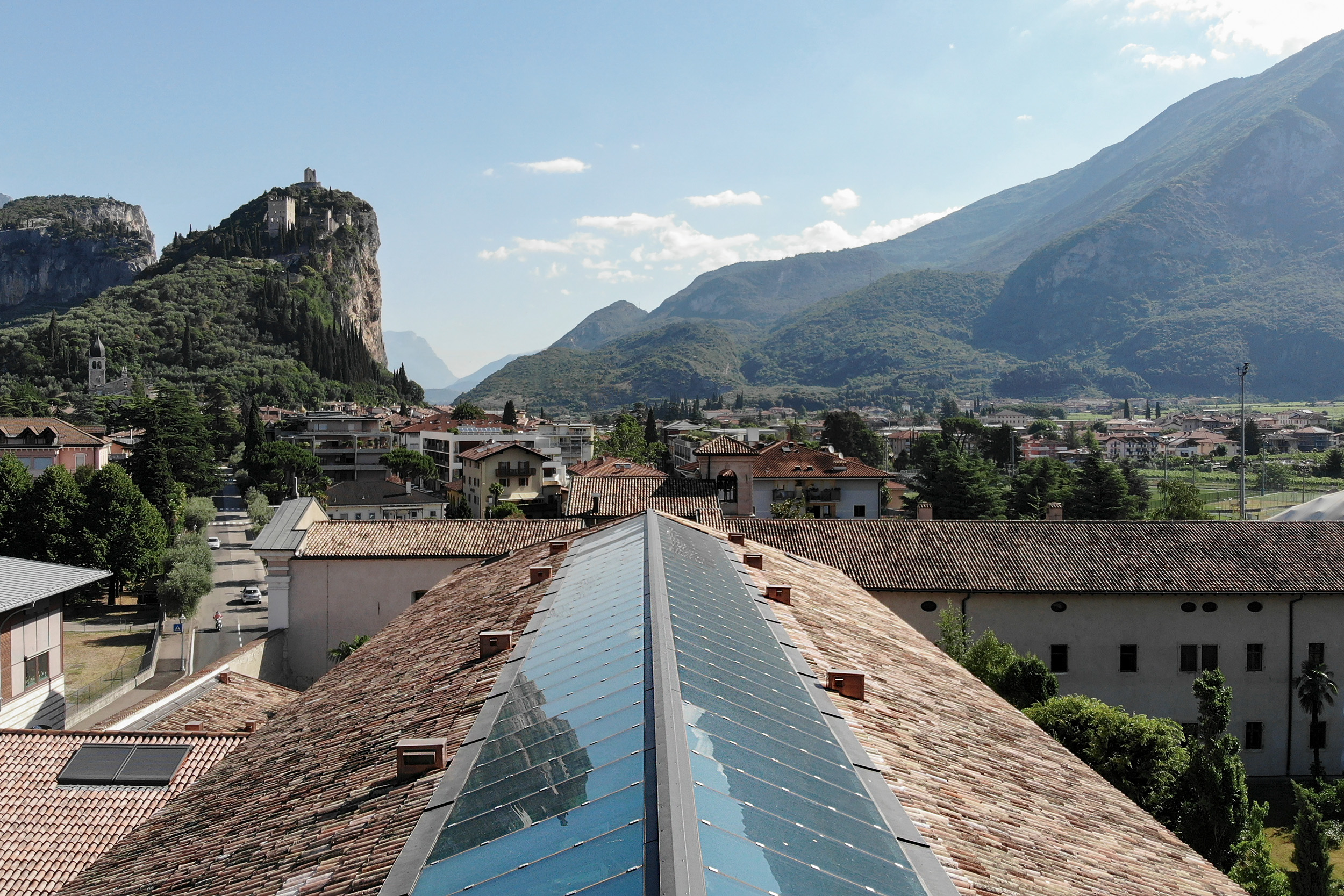
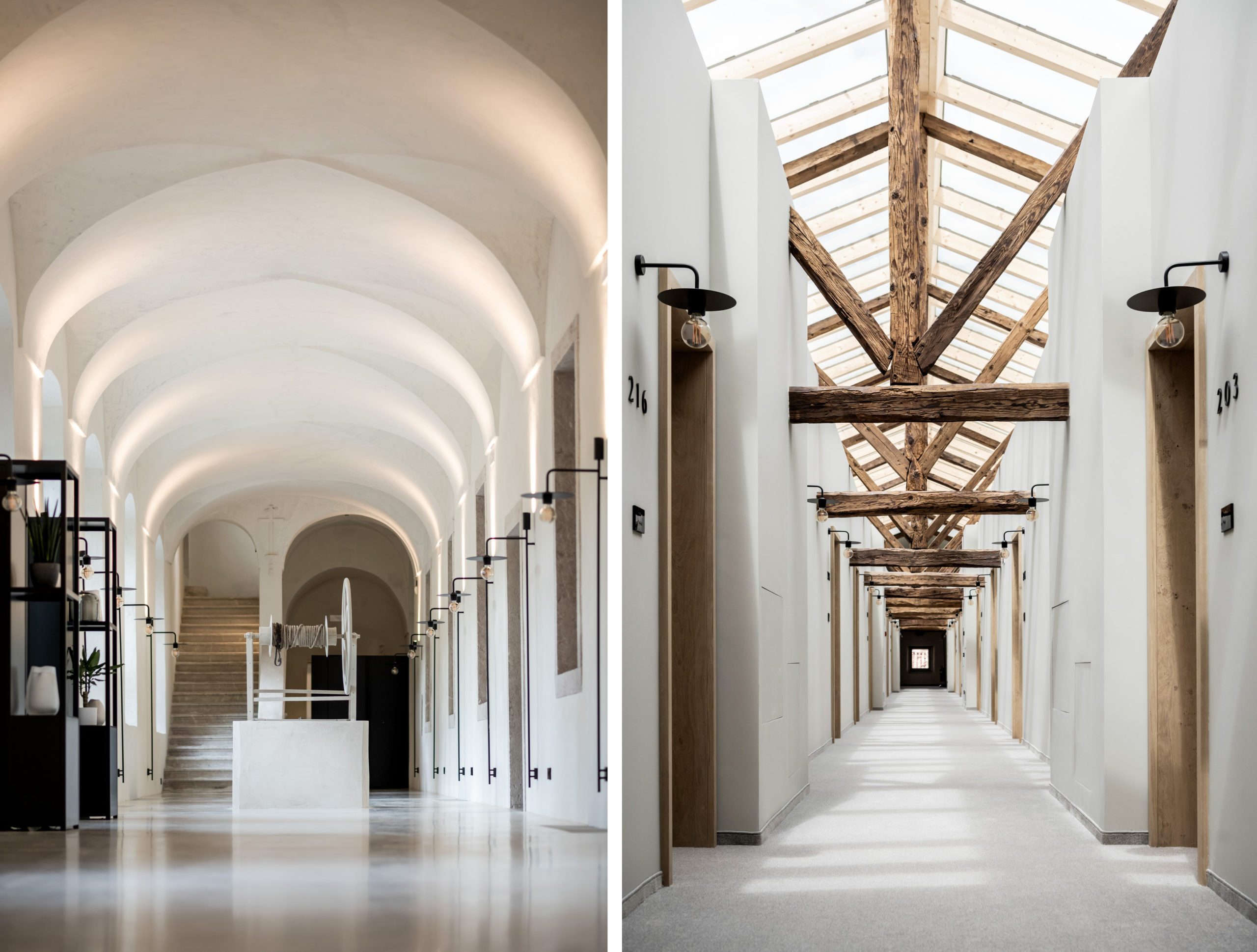
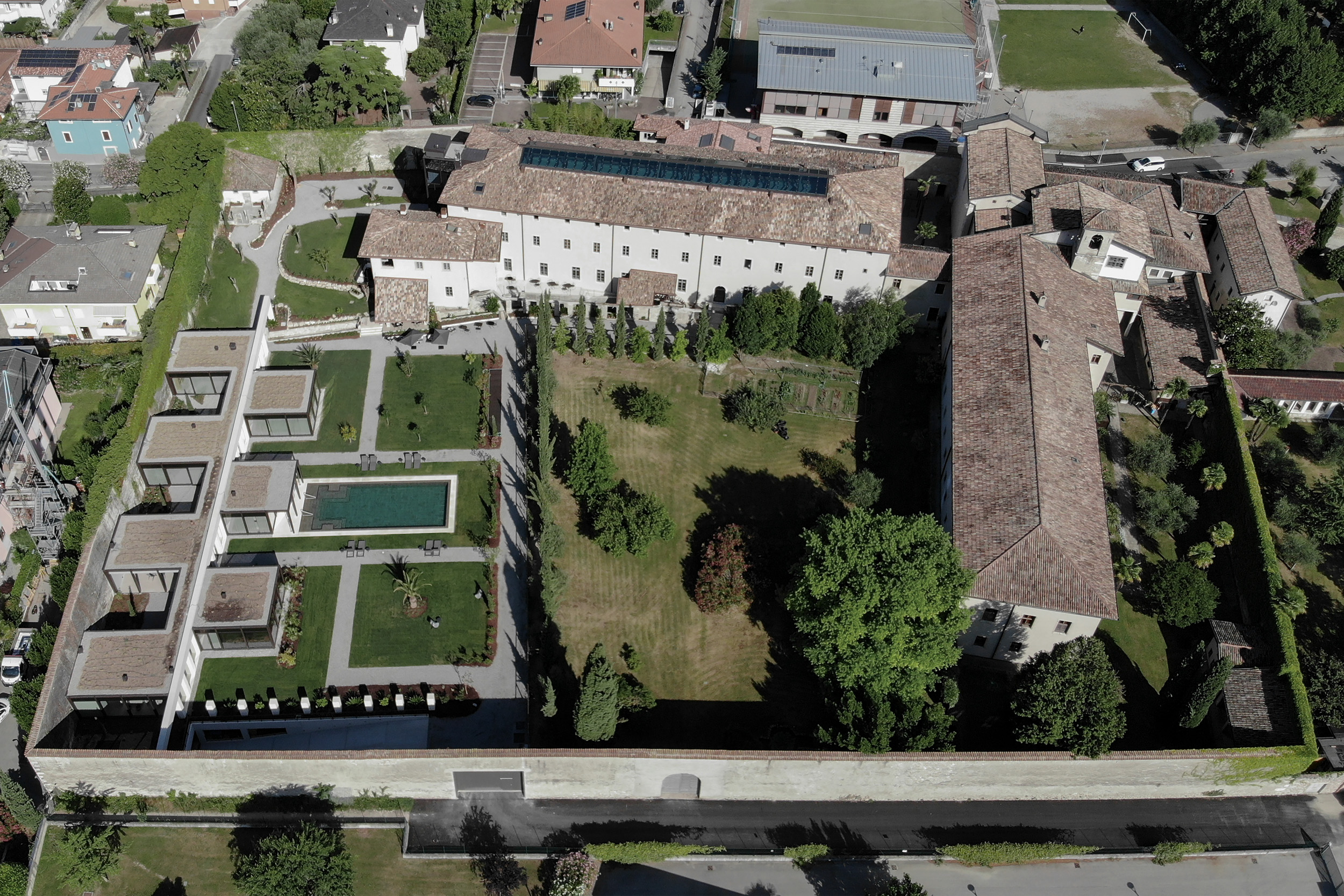 6. Monastero: Inside the Walls
6. Monastero: Inside the Walls
By noa* network of architecture, Trento, Trentino-South Tyrol, Italy
noa* has breathed new life into majestic, monumental spaces of a 17th century monastery, reimagining it as as unique hotel that celebrates the charm of the original architecture and its peaceful, meditative atmosphere. The Monastery Serve di Maria Addolorata, found at the northern tip of Lake Garda, is also home to a church and cloister, where nuns continue to live. The renovation project left these areas untouched and was executed in close collaboration with the Trento Office of Cultural Heritage. The architects chose to join former monastic cells to form bedrooms for guests. Show stopping wooden trusses were restored and are highlighted by a skylight that runs the length of the ceiling.
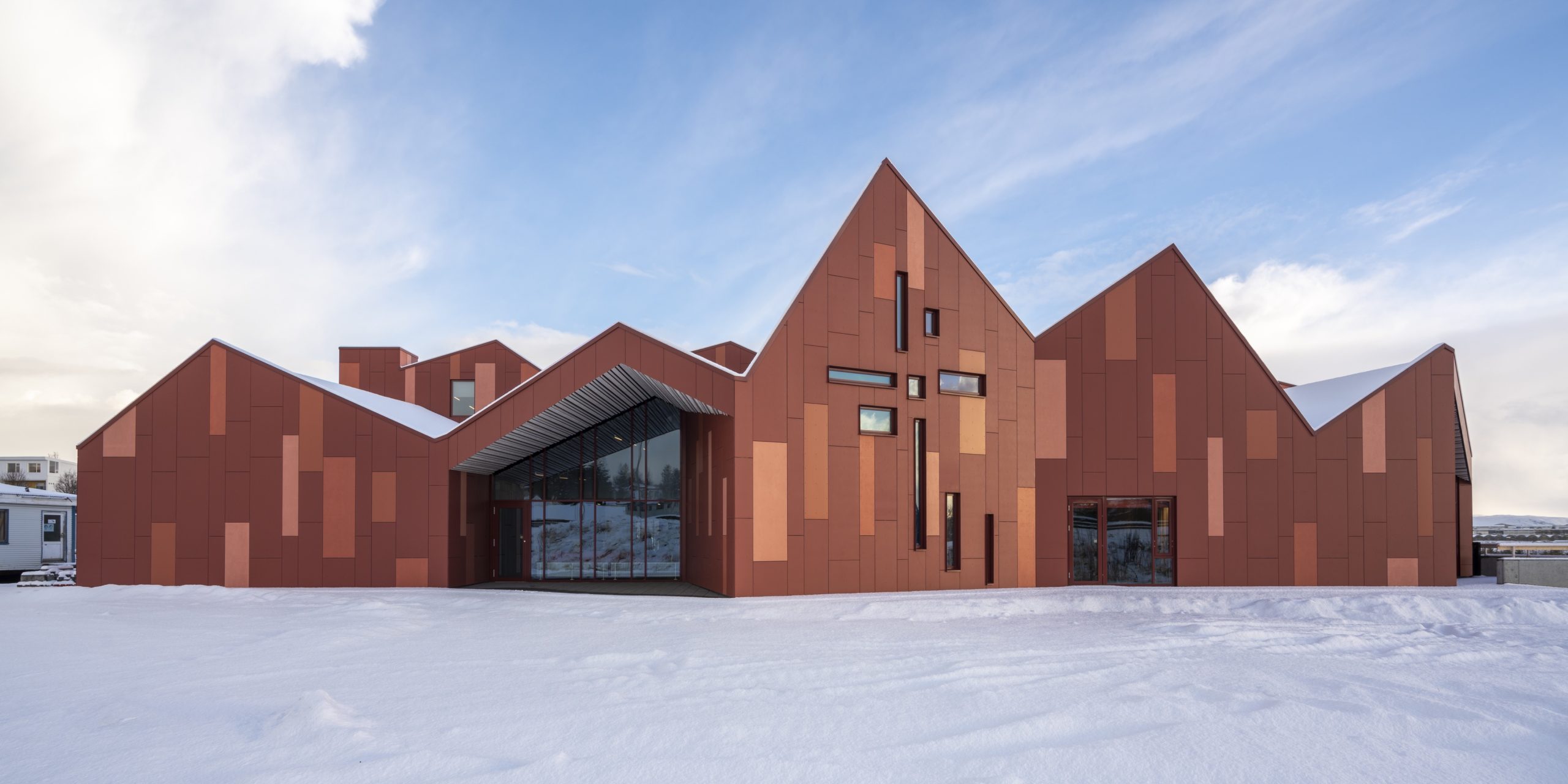
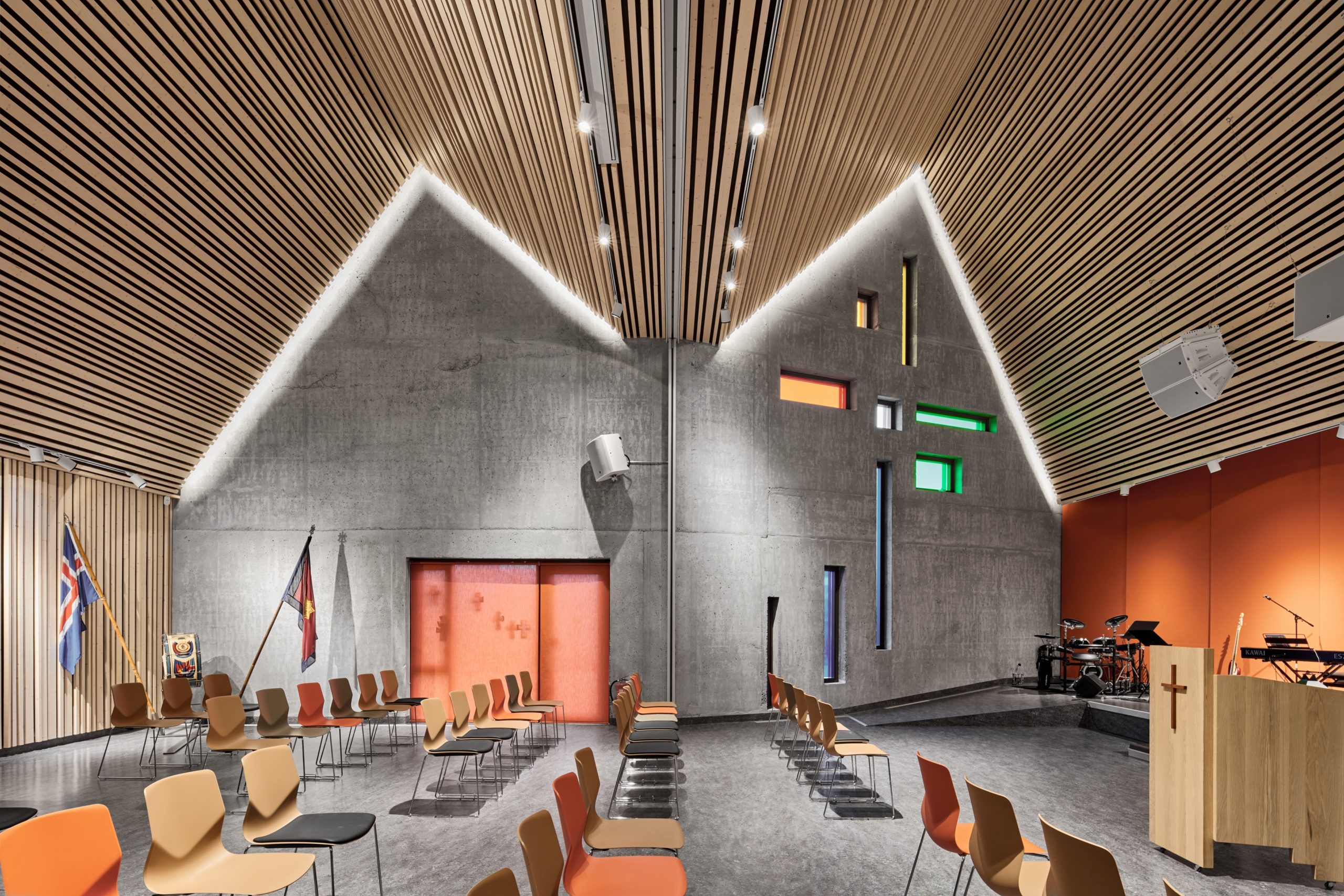
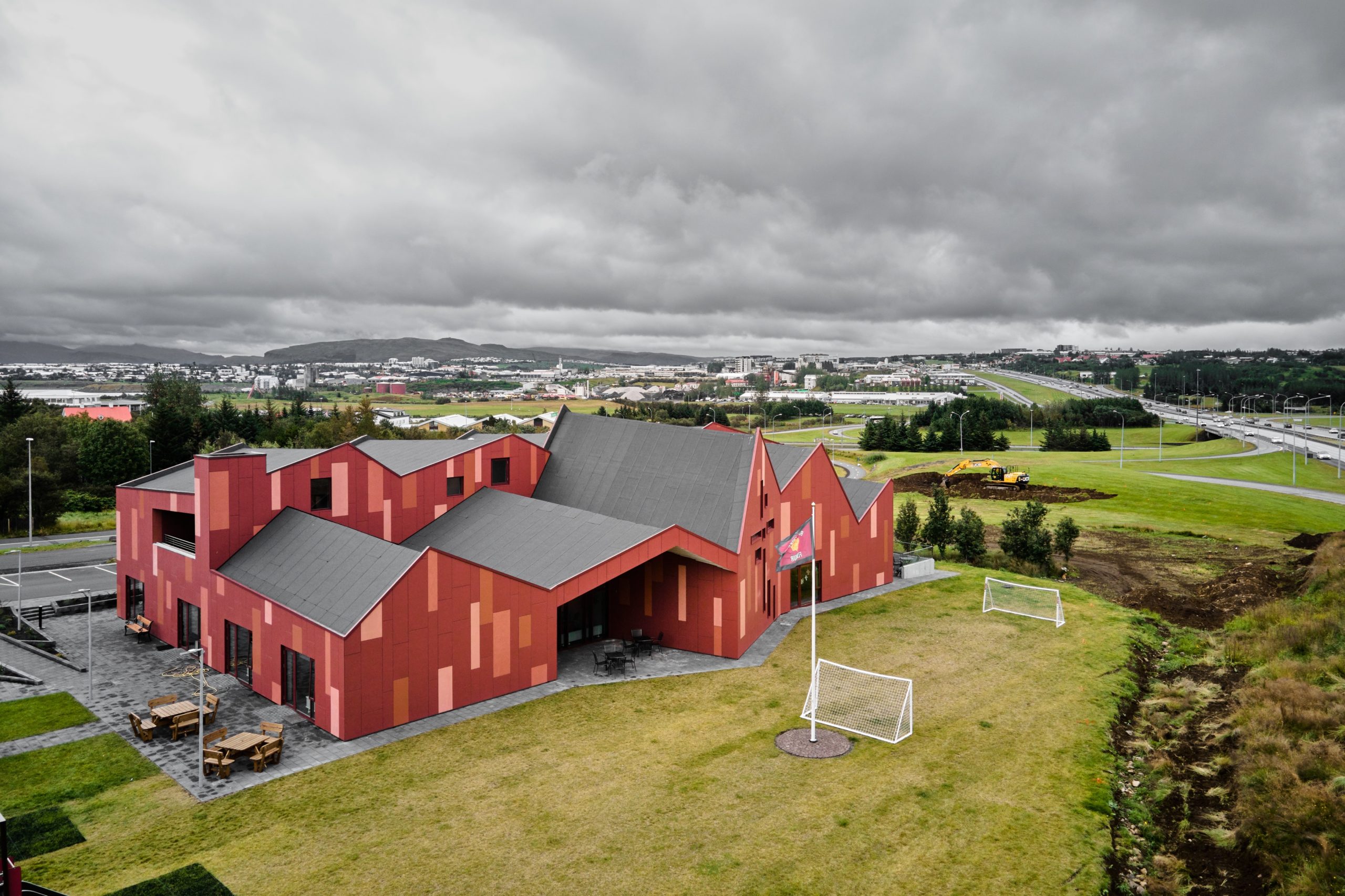 5. The Salvation Army’s Headquarters in Iceland
5. The Salvation Army’s Headquarters in Iceland
By Teiknistofan Tröð, Reykjavík, Iceland
Located on the outskirts of Reykjavik, at its main access point, this distinctive building makes a splash to welcome visitors to the city center. The zigzag profile of the roofscape and various red hues makes it stand out from the surroundings as a focus point and local landmark. More than an iconic envelope, the varying heights of the roofs create singular spaces inside, each with a unique ceiling height.The building serves as a church, new community centre and headquarters for The Salvation Army in Iceland.

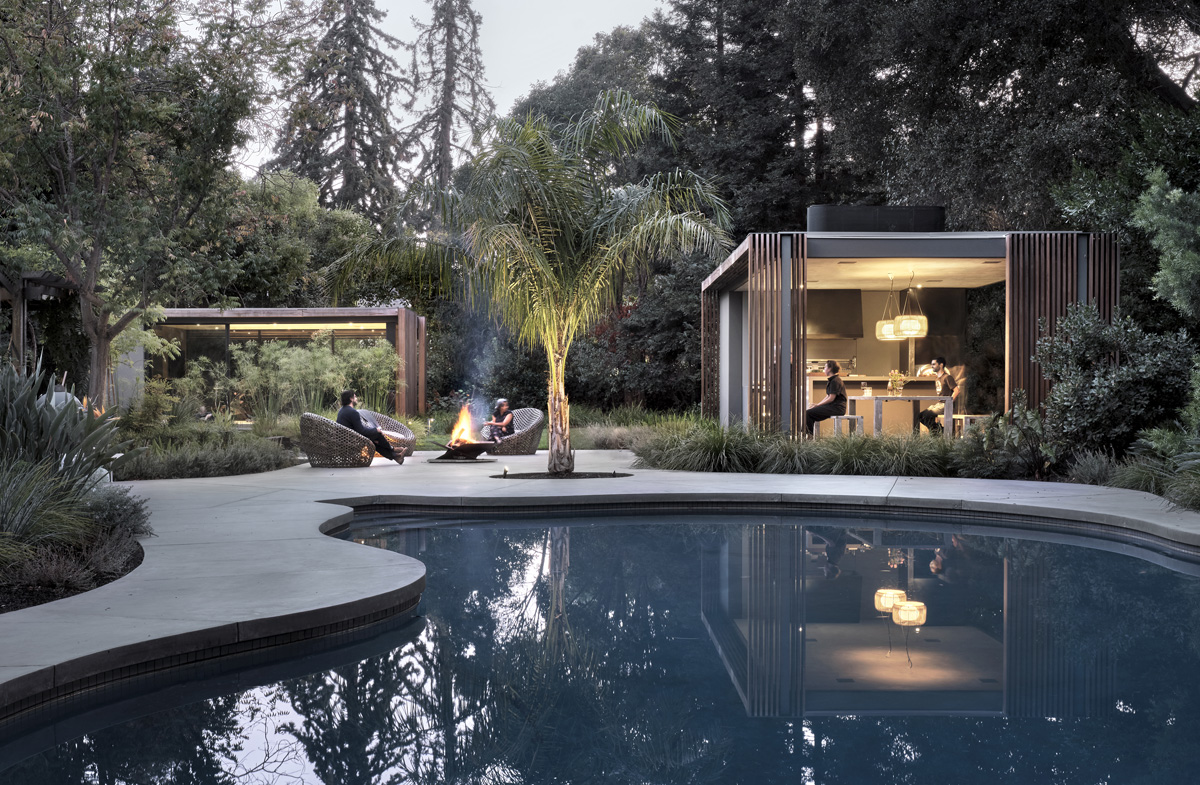 5. Atherton Pavilions
5. Atherton Pavilions
By Feldman Architecture, Atherton, CA, United States
Rich in detail and imagined by the owners to be of the landscape, The Atherton pavilions are two accessory structures with identical in footprint, height, and materials. Yet, they are more than decorative and each has a distinct purpose: one serves as an outdoor kitchen and dining space, and the other as a meditation or workout room. In addition to visual unity, landscaping interventions such as a new water feature and floating decks connect the two pavilions . Next to the organically shaped pool, the kitchen pavilion acts as an extension of the pool and outdoor lounge area. Both facades are made of a naturally weathering Alaskan Yellow Cedar.

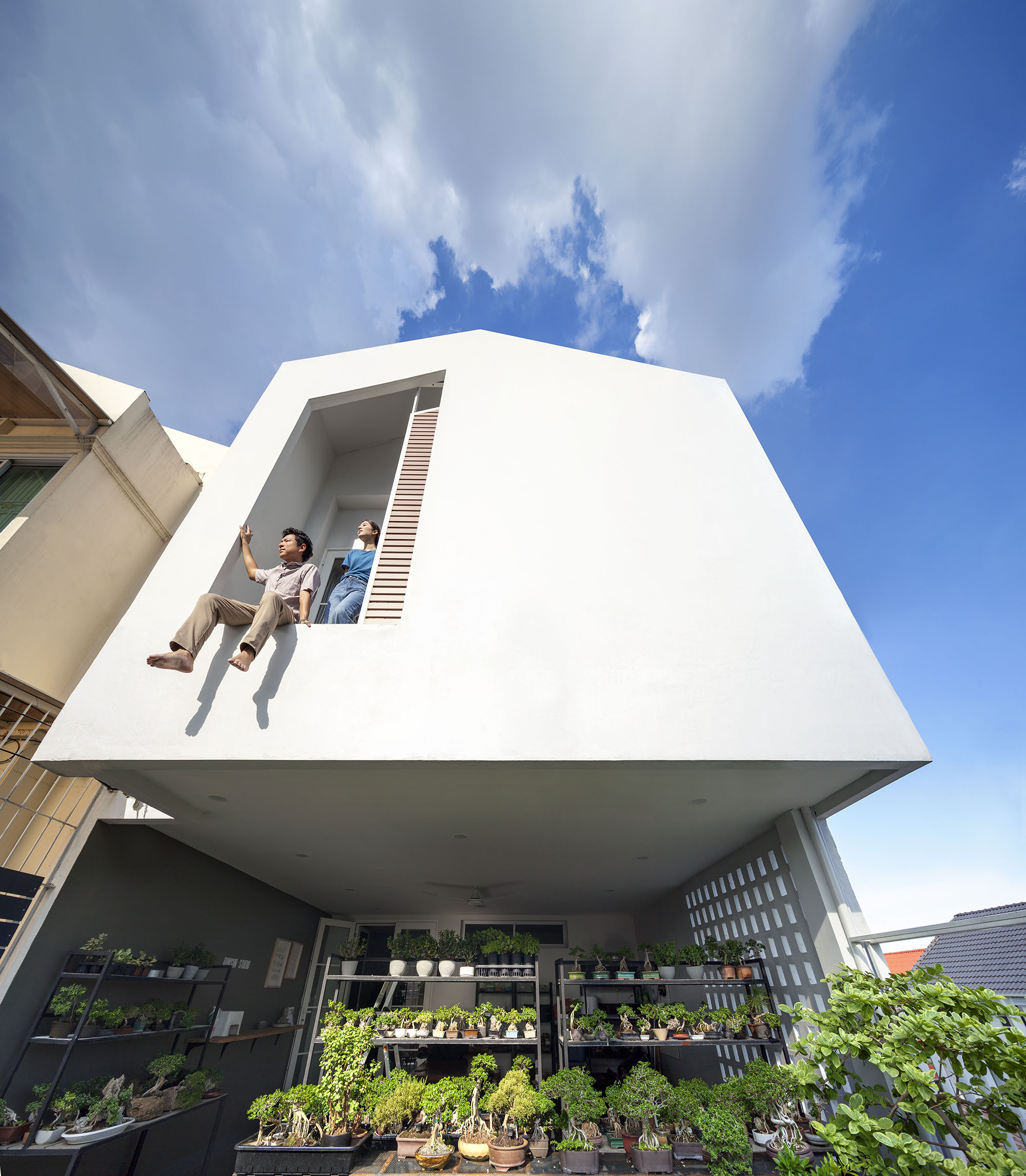 3. bonson bonsai house
3. bonson bonsai house
By S+S Architects, Bangkok, Thailand
This renovation project reimagines a 27-year-old house which had been abandoned over half of its lifetime. The architects, who are passionately in love with design and nature, had searched to find a place with enough potential to execute their preexisting vision for their home. To this end, their intervention focuses on balancing essential functional needs with green space and utilizing nature in daily life. The three-story semidetached space fit the bill and a former bedroom on the second floor was transformed into a terrace that could serve as a nursery area for bonsais. This is the most important space in the home. One of the main feature of this house is the central courtyard which serves as the core of the house visually and physically. It can be seen from every rooms in the house and significantly brings natural light into the house and allows natural ventilation.
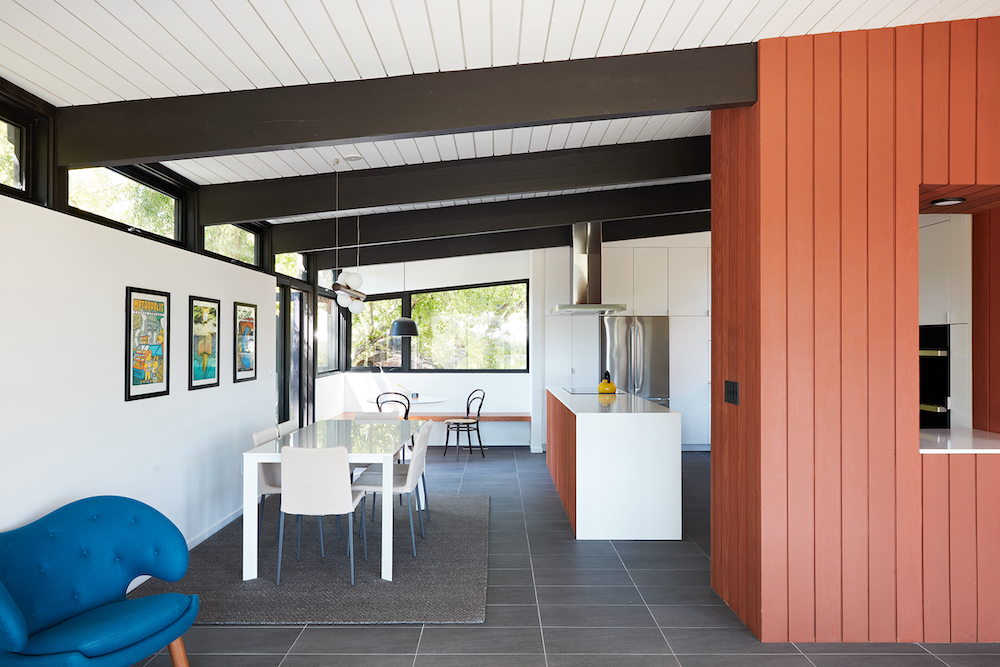
Photos by Mariko Reed
2. Stanford Mid-Century Modern Remodel Addition
By Klopf Architecture, Stanford, CA, United States
How do you retain the character and original design intent of a 1962 home while expanding it by almost 1,100 square feet (102 meters square)? Klopf Architecture shows us how this is done with their intervention on this Roger Lee-designed house in Stanford, CA, which they completely gutted and expanded. Expanding window and door openings bring the breath-taking outdoors in for the first time; what is more, they help re-center the home around a breezy outdoor living room.

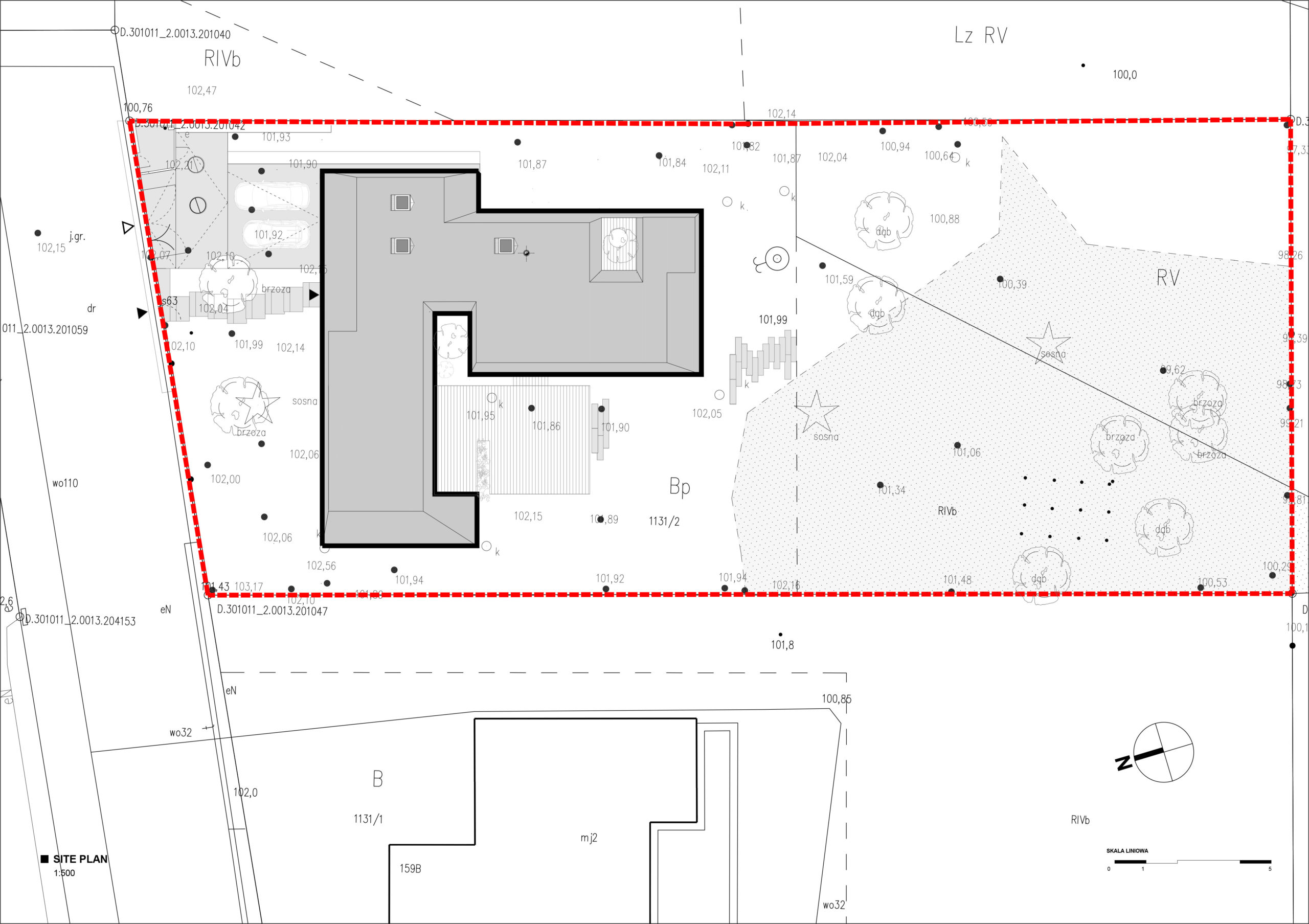
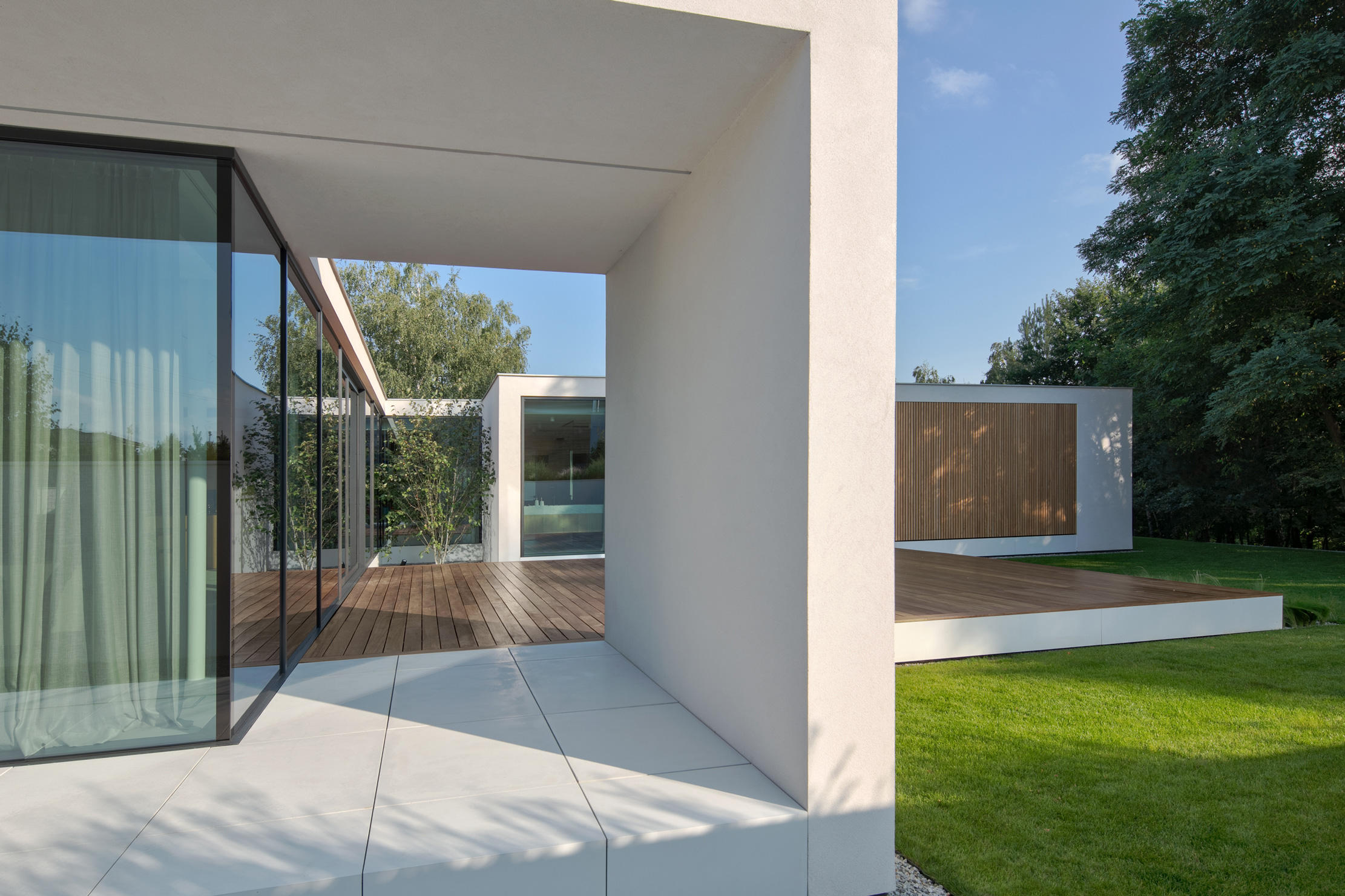 1. K-House
1. K-House
By STOPROCENT Architekci, Konin, Poland
When the Polish architecture firm STOPROCENT Architekci started working on House K in 2012, they could not have imagined that the project (one of the young studio’s first!) would take a decade to complete. The client had requested a modern one-story building that would bring it’s inhabitants closer to nature. Yet, the complicated construction process, involving a negligent contractor, led to a complete shut-down of the works. As the resulting court battle wore on, the house began to deteriorate and the surrounding neighborhood continued to develop. When it came time to return to the work, which had been overgrown with greenery, the architects had to stripe the building down to its bare concrete structure so that they could carefully re-built it. The attention paid to detail and finishing materials is evident in the completed project, which stands as a testimony to perseverance and a mature design practice.
Architects: Want to have your project featured? Showcase your work through Architizer and sign up for our inspirational newsletters.
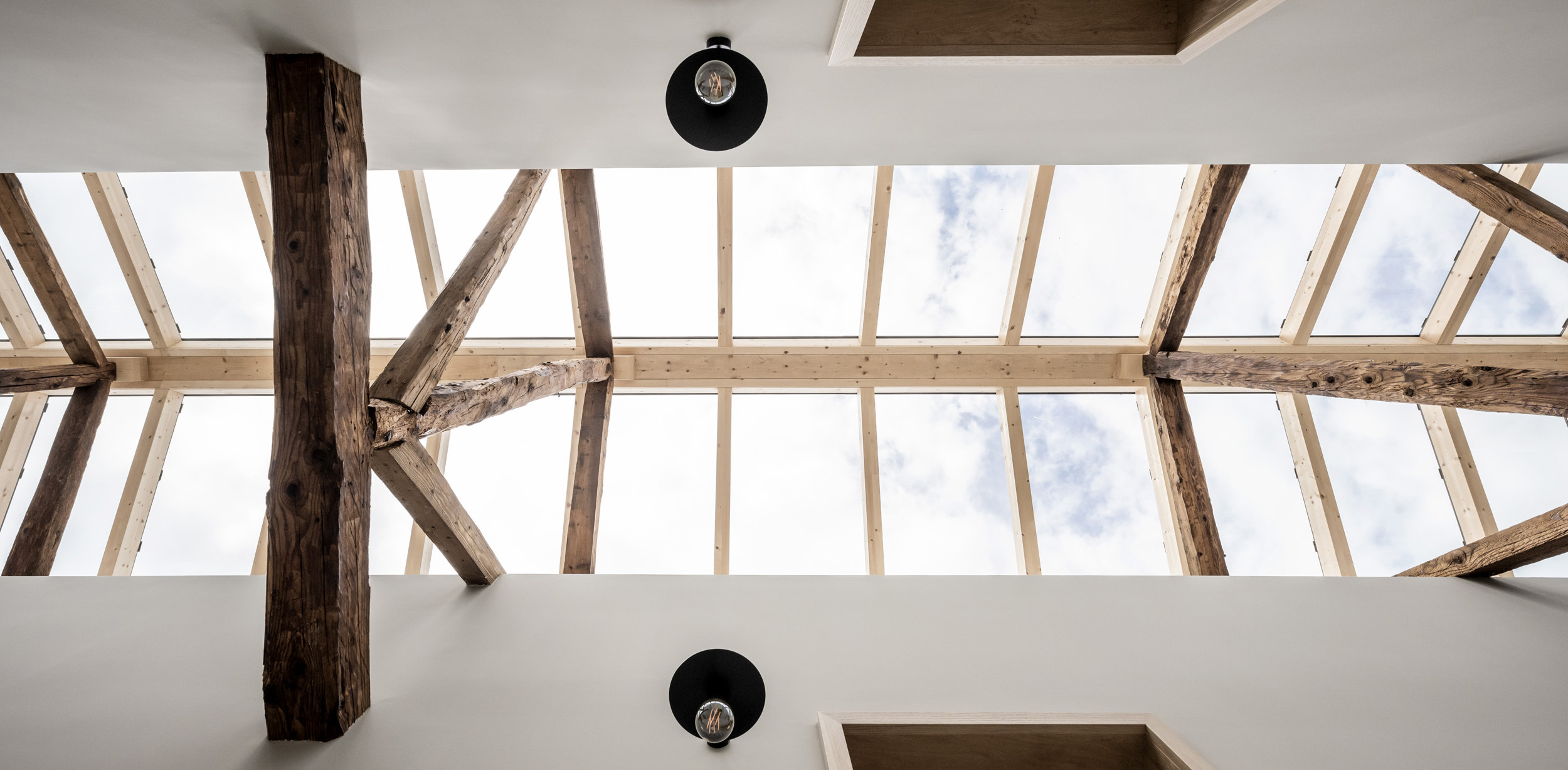


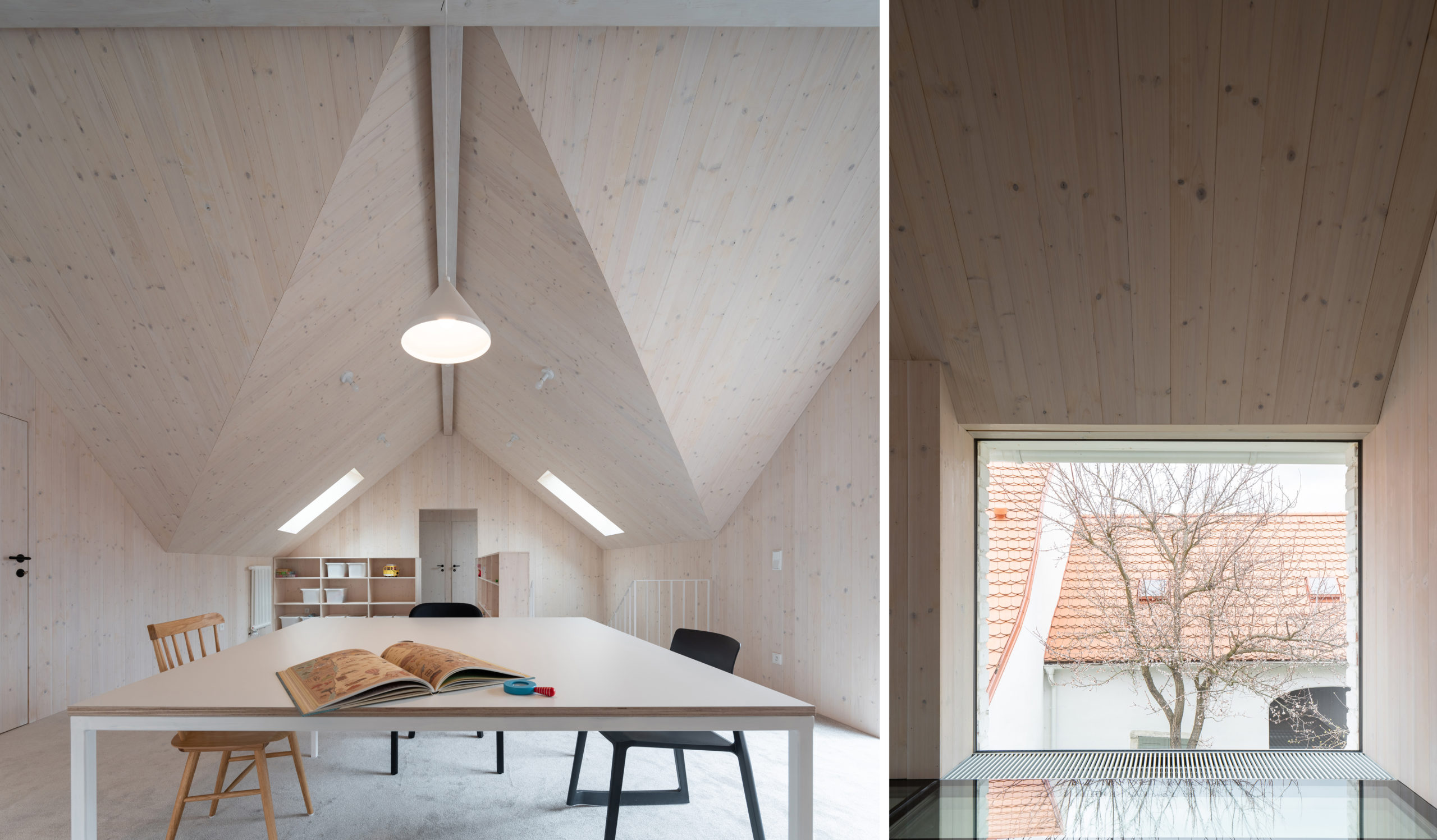 7.
7. 